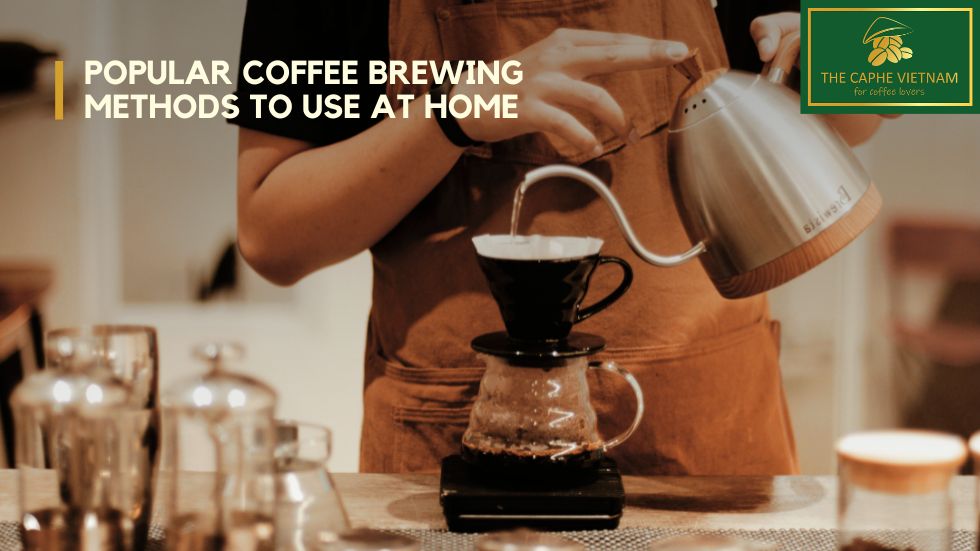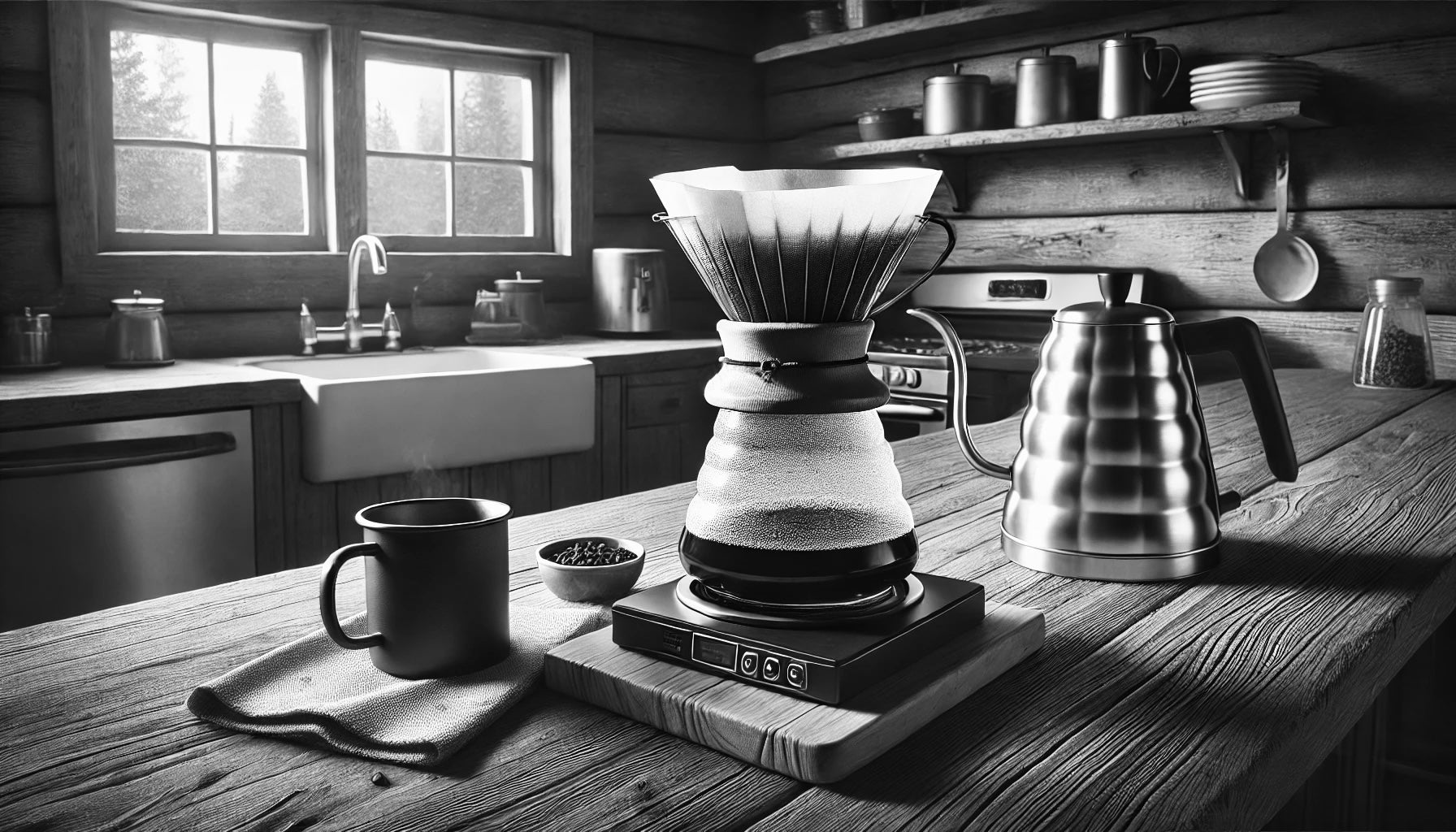Coffee Brewing Methods Debunked: From French Press to Cold Mixture
Coffee Brewing Methods Debunked: From French Press to Cold Mixture
Blog Article
The Science Behind Coffee Developing: How Temperature Level and Time Affect Your Beverage
Recognizing the scientific research behind coffee brewing reveals that temperature and time are not simple variables yet crucial elements that dictate the drink's taste profile and total high quality. As we explore the subtleties of these elements, the inquiry develops: just how can one successfully equilibrium temperature level and time to achieve that ideal brew?
The Chemistry of Coffee Extraction
The chemistry of coffee extraction looks into the intricate processes that change raw coffee beans right into the fragrant beverage enjoyed worldwide. This makeover mostly involves the solubility of different substances existing in the beans, which are influenced by factors such as grind dimension, water quality, and the brewing technique used.
During the brewing process, warm water works as a solvent, drawing out soluble substances, including high levels of caffeine, acids, lipids, and sugars, from the coffee grounds. Each substance adds to the flavor account, aroma, and body of the final beverage. Acids are accountable for brilliant and zesty notes, while oils add to a rich mouthfeel.
The initial stages of brewing essence acids and sugars, leading to an enjoyable level of acidity, while prolonged removal can lead to resentment due to over-extraction of undesirable compounds. Recognizing these chemical communications is vital for maximizing brewing techniques, as the balance between removal time and water temperature can substantially influence the general quality of the coffee.
Perfect Brewing Temperatures
Locating the best developing temperature is crucial for unlocking the complete potential of coffee flavors and scents - coffee brewing methods. Study shows that the optimum range for brewing coffee exists in between 195 ° F to 205 ° F(90 ° C to 96 ° C) Within this array, the extraction procedure properly dissolves the desirable soluble compounds in coffee beans, bring about a savory and well balanced cup
Developing at reduced temperature levels, such as below 195 ° F(90 ° C ), might lead to under-extraction, yielding an acidic and weak brew with soft flavors. Alternatively, developing at temperature levels going beyond 205 ° F(96 ° C) can result in over-extraction, generating a harsh and bitter taste as a result of the excessive dissolution of unfavorable substances, such as tannins.
In addition, the perfect developing temperature can differ depending on the coffee bean type and roast level. As an example, lighter roasts usually profit from slightly greater temperature levels to enhance their complex taste profiles, while darker roasts might be much better suited to reduced temperatures to mitigate bitterness.
Ultimately, maintaining precision in developing temperature levels is vital for attaining an unified balance of tastes, ensuring that every mug of coffee provides a rewarding sensory experience.
Impact of Brewing Time
Developing time plays an essential duty in establishing the taste account and general quality of coffee. Shorter brewing times can result in under-extraction, leading to a weak or sour taste, as not sufficient soluble compounds are liquified.
Ideal brewing time varies depending upon the technique utilized and the grind size of the coffee. As an example, a French press normally needs about four minutes, while coffee extraction is typically finished within 25 to 30 read this post here secs. It is vital to calibrate developing time in combination with various other variables, such as water temperature and coffee-to-water ratio, to accomplish the preferred taste account.
Comprehending the impact of developing time makes it possible for coffee enthusiasts to refine their developing methods, inevitably enhancing the sensory experience of their mug (coffee brewing methods). With mindful attention to this variable, one can open the full capacity of the coffee, revealing its distinct characteristics and nuances
Brewing Techniques and Their Results

For circumstances, methods like French press and cold brew allow for a longer steeping time, leading to a fuller body and robust flavor due to enhanced extraction of oils and soluble solids. Alternatively, espresso developing uses high stress and a shorter removal time, creating a focused shot that stresses intense flavors and an abundant crema.
Pour-over methods, such as Chemex or V60, offer a more regulated extraction procedure, permitting the brewer to adjust circulation rate and water distribution, which can boost illumination and clearness. Percolation approaches cycle water via the coffee grounds multiple times, leading to a stronger, frequently bitter flavor.
Lastly, the use of paper filters versus metal filters can also impact the final preference; paper filters typically generate a cleaner cup by trapping oils and fine bits, while metal filters allow more oils to travel through, adding to a fuller mouthfeel - coffee brewing methods. Understanding these nuances can elevate the coffee experience significantly
Tips for Developing Your Brew
A well-executed mixture can transform also the most basic coffee into an exceptional experience. Grind the beans just before brewing to maximize freshness, making sure the work size matches your developing approach-- coarser for French press and finer for coffee.
Water high quality plays an essential function; usage filtered water totally free from contaminations. The suitable brewing temperature level ranges in between 195 ° F and 205 ° F(90 ° C to 96 ° C ) As well hot can blister the coffee, while also trendy might under-extract tastes.
Timing is just as important. For immersion approaches, steeping for three to 5 minutes is optimum, whereas drip methods normally take around 5 minutes. Try out mixture times to discover your preferred strength.

Verdict
In recap, the elaborate connection see this site in between temperature level and time is vital in the coffee brewing procedure. Complying with optimum developing temperatures between 195 ° F and 205 ° F, together with specific timing tailored to each approach, makes sure the wanted taste profile is achieved. Recognizing these scientific concepts equips people to refine their developing techniques, inevitably causing an extra balanced and delightful coffee experience. Proficiency of these factors is necessary for any kind of coffee fanatic seeking excellence in their beverage.
Recognizing the science behind coffee brewing reveals that temperature and time are not mere variables but pivotal aspects that dictate the drink's flavor account and overall top quality. Comprehending these chemical interactions is important for maximizing developing techniques, as the equilibrium between removal time and water temperature level can considerably influence the overall high quality of the coffee.Developing time plays a crucial function in determining the flavor account and overall top quality of coffee. By focusing on these elements-- bean high quality, grind dimension, water temperature, soaking time, and proportion-- you can boost your coffee developing process, resulting in a constantly premium mug.
In recap, the elaborate relationship between temperature level and time is critical in the coffee developing process.
Report this page